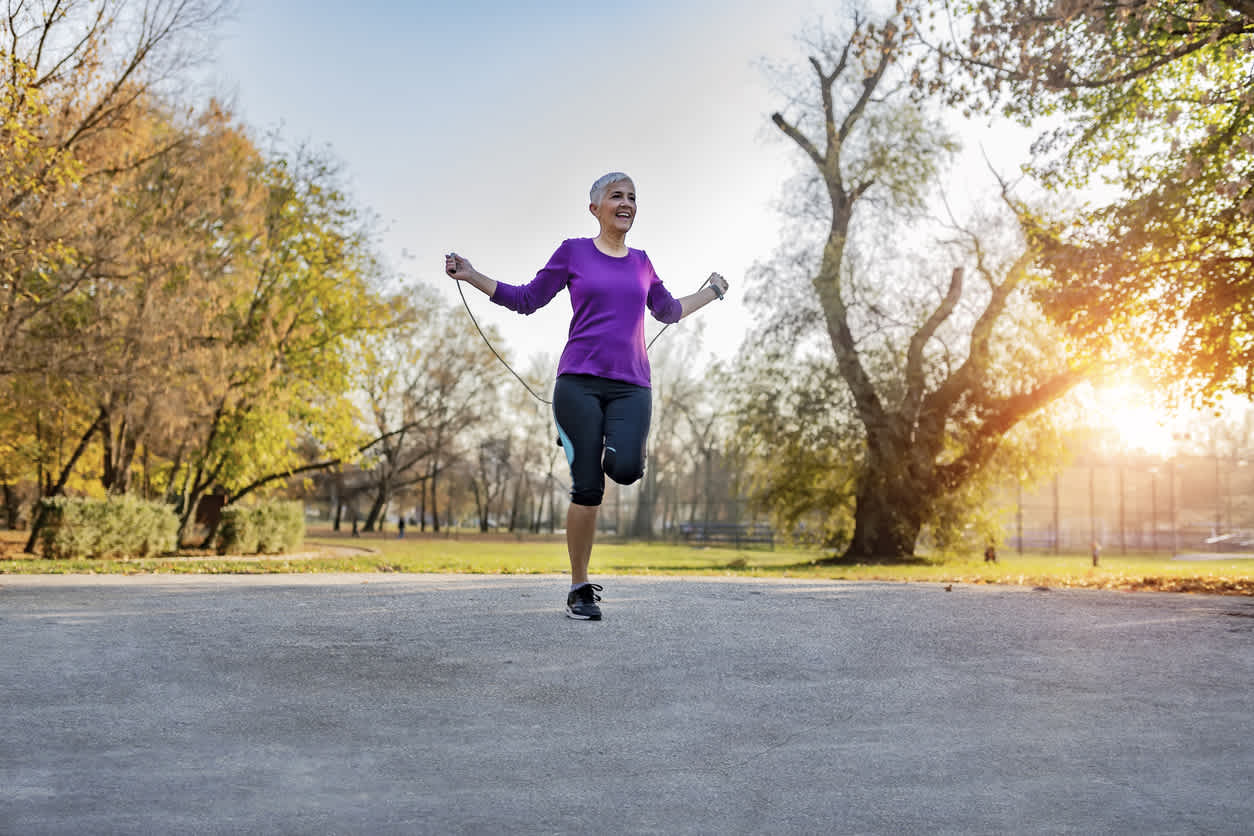The best exercises to improve coordination, according to physical therapists
Coordination is about much more than being athletic. Learn about the benefits of coordination exercises and simple ways to boost coordination.
Last Updated: May 7, 2025
Table of Contents
Tap into pain relief. Anytime, anywhere with our app.
Get exercises from a licensed physical therapist and more to relieve your pain. All right from your phone. At $0 cost to you.
Start your app tour